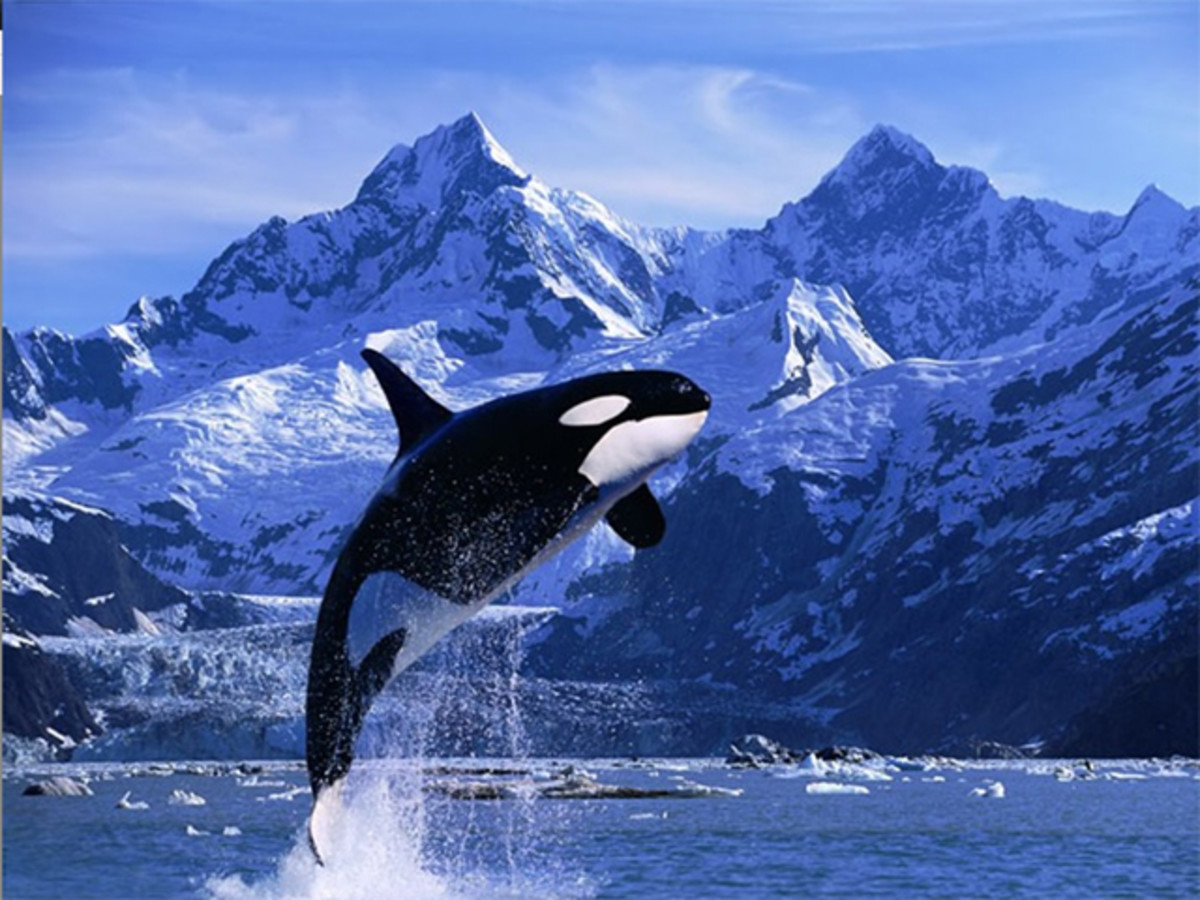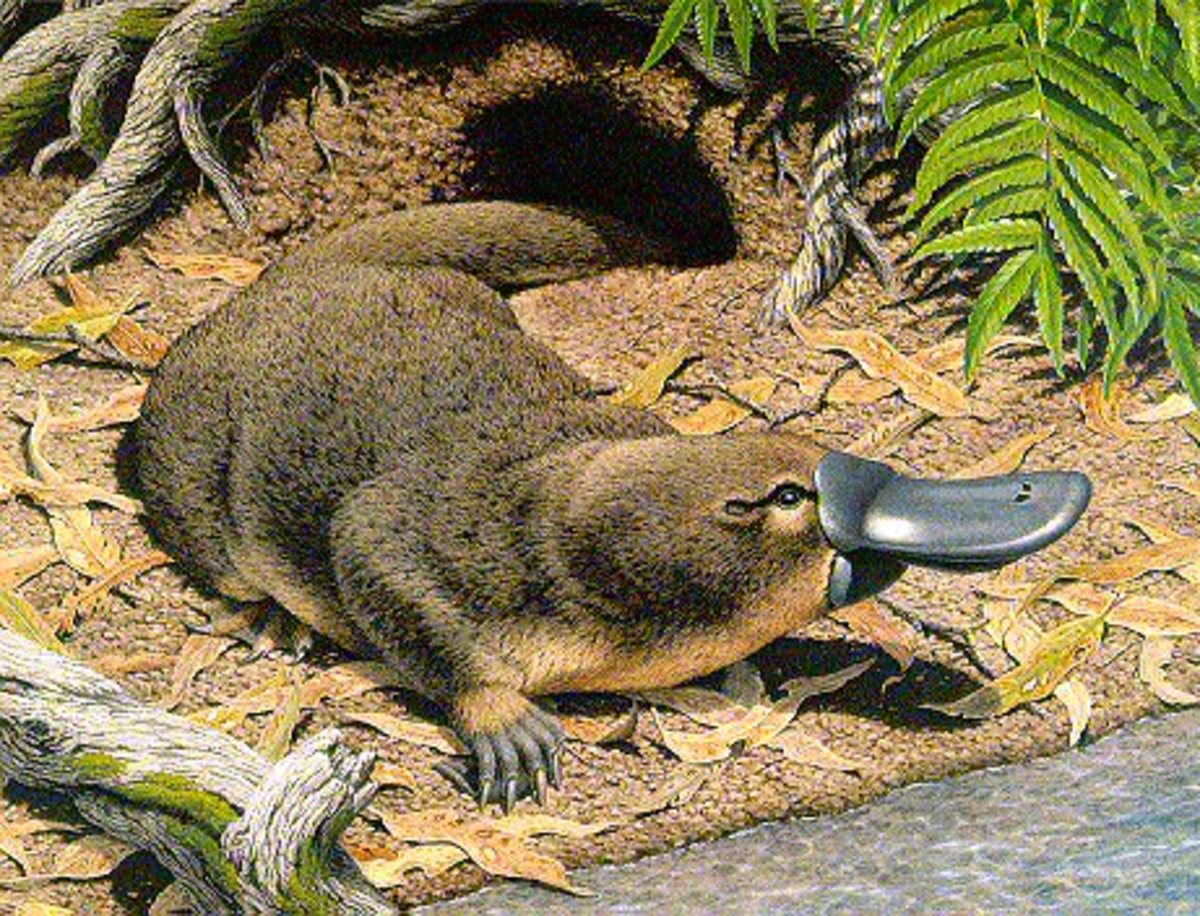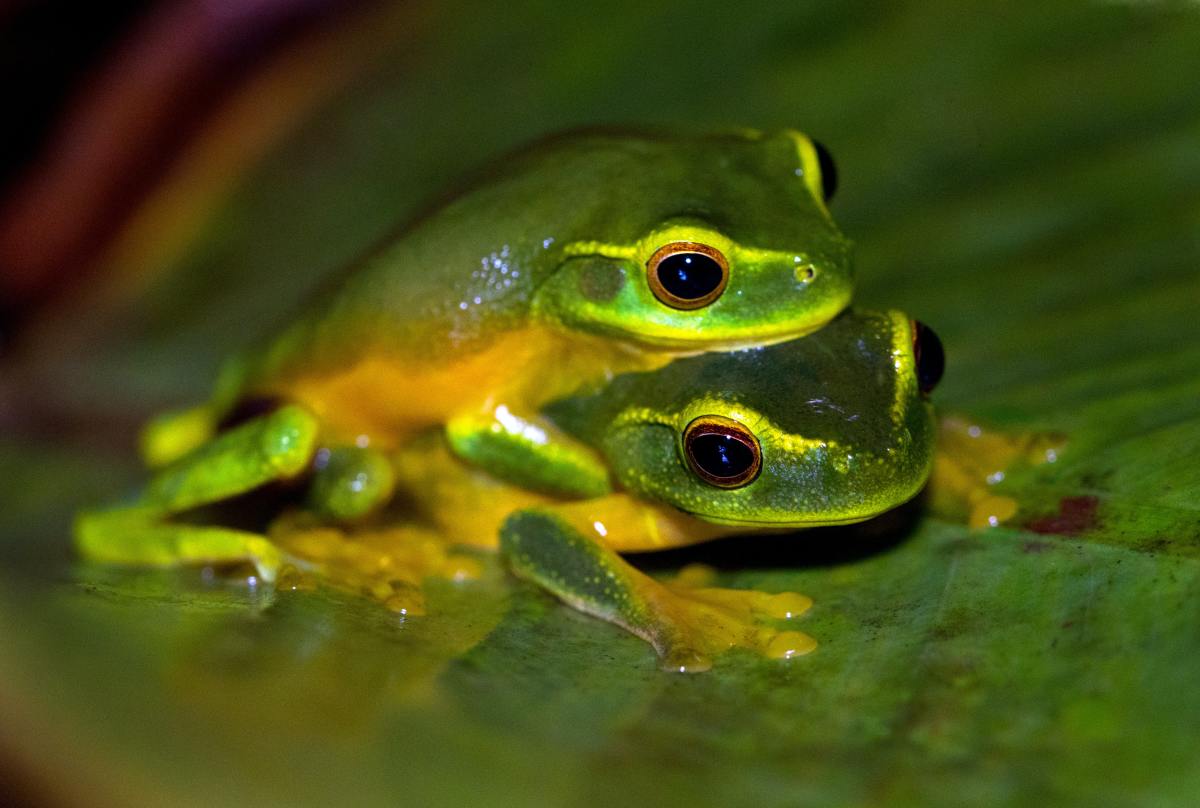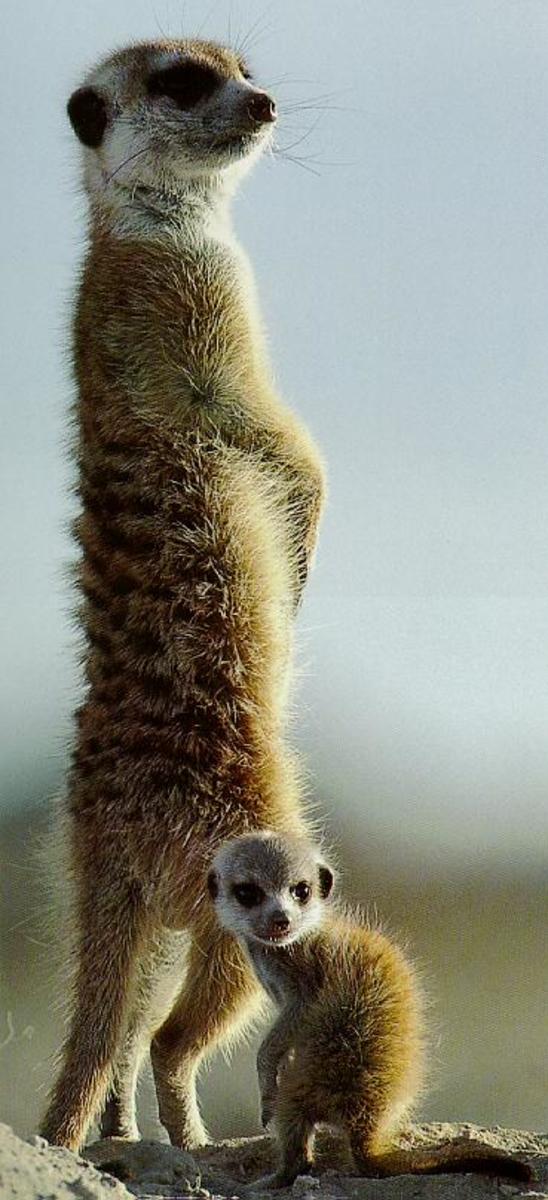Interesting Facts About The Grizzly Bear
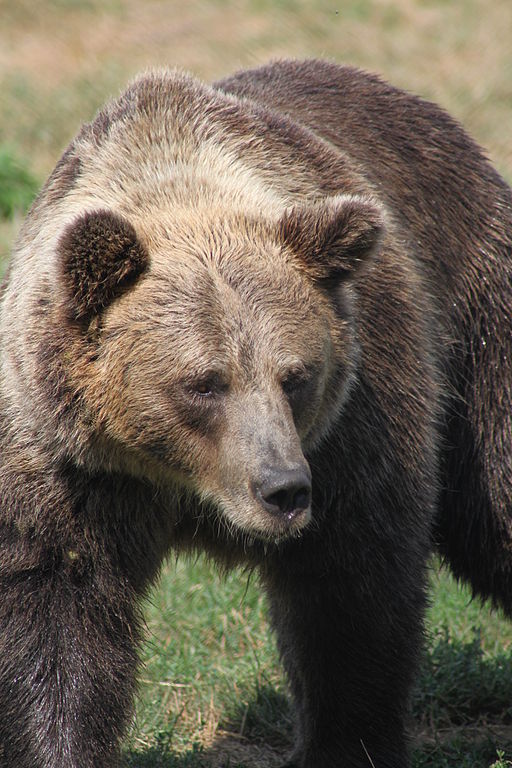
Grizzly bears are a subspecies of the brown bear, an animal that has a range across the northern hemisphere from Russia to Canada and the U.S. The modern grizzly is native to the northern U.S. and Canada, but the species ranged as far south as Mexico as recently as the early 1900s. The last wild Californian grizzly was shot in 1922.
Physical Overview
Grizzlies have a tremendous range of sizes. The inland U.S. grizzly bear may be full grown at 180 pounds, while Alaskan and Canadian grizzlies can top the scales at 1,700 pounds. The term 'grizzly' can be used to encompass all North American brown bears or refer only the inland ones found in the lower 48 states. If the latter definition is used, inland bears top out at around 850 pounds for large males.
The name "grizzly bear" was given to the animal because of the "grizzled" appearance of its coat. Most grizzlies are a medium brown color with lightening on the tips of their hairs, especially over the back. However, the base color can range from very light to very dark, and the grizzling may be more or less apparent on individual animals and in given populations.
Bears are omnivores, and grizzlies will eat almost anything. In Alaska, salmon is an important part of their diet during the salmon runs every year, and this high-fat food source in thought to be one of the major reasons that they grow so large. Inland animals hunt and eat elk, deer and even bison. However, approximately 85 percent of a grizzly's diet is made up of vegetation, berries, other plant materials and insects.
Grizzlies can live to be 30 years old or more. This is uncommon but heard of in the wild, where the oldest known bear was approximately 35 years of age. Most wild grizzlies only live to 20 or 25, though.
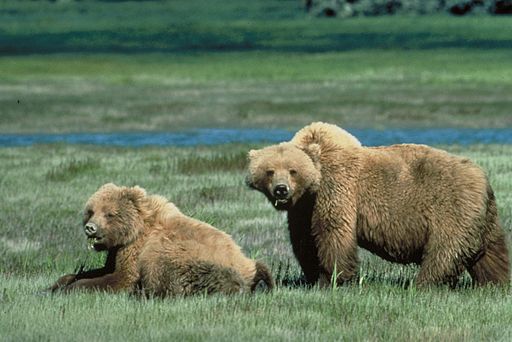
Lifestyle
Most North American brown bears live in Canada and Alaska. An estimate of their numbers puts them at 30,000 or more. Inland U.S. grizzlies live in only five small populations, totaling 1,000 to 1,200 animals.
The adult grizzly bear is generally a solitary animal. Groups living together usually consist of a mother and her cubs, which stay by her side until they are at least two years old. They may stay together for as long as four years, however.
Bears will congregate at certain food sources such as salmon streams and areas with lots of berries. They usually ignore each other so long as the smaller and more subordinate bears appropriately defer to the older and larger ones. This is the one main exception to the territoriality they display the rest of the time.
Adult male bears maintain enormous territories that can span 1,500 square miles. Females also have territories but tend to keep them smaller. Male and female territories usually overlap, but females avoid the larger males unless they are ready to breed.
Grizzlies hibernate for five to eight months, depending on the length of winter in their location. The first to den down and the last to leave their dens in the spring are pregnant females. Females with cubs den down next and emerge just before them. Lone adults and adolescents on their own den down the latest and emerge the earliest.
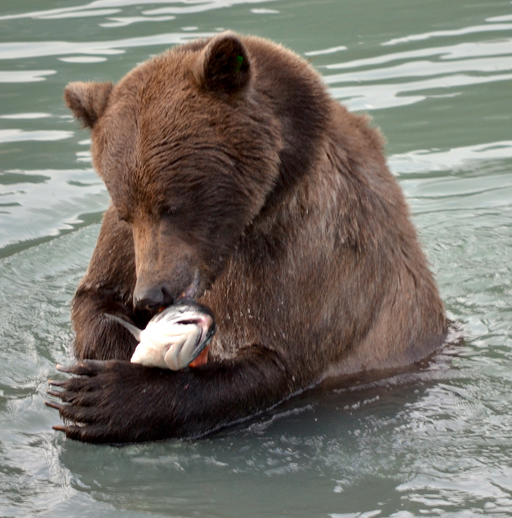
Reproduction and Growth
Grizzlies are extremely slow to reproduce. Females take five years to reach sexual maturity, and will have a maximum of one litter every two to three years. On average, each grizzly bear generation takes six years, and thus a grizzly is not a grandparent until the age of twelve. Litters consist of one to three cubs, with two being most common.
Like polar bears, female grizzlies mate in the spring and summer but delay implantation of the embryos until hibernation during the winter. The cubs are born during hibernation and weigh about a pound each. They will weigh approximately 20 pounds before they leave the den with their mother in the spring.
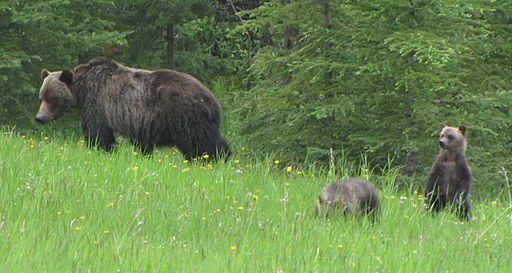
Reproduction is dependent on the female being able to gain enough weight to support a pregnancy. In a poor year, her body will reabsorb the embryos instead of allowing them to gestate. This gives her a chance to get through winter without the drain of cubs on her body when there is not enough food.
Male grizzlies are not tolerant of cubs and will kill them in some cases. Females with cubs actively avoid males whenever possible. If challenged, a female with cubs will fight to fiercely to protect them.

